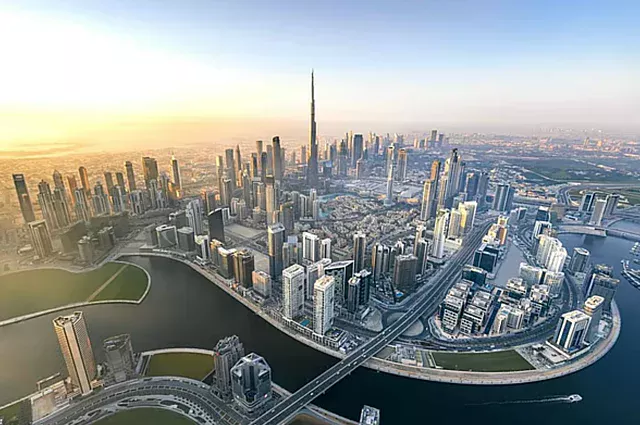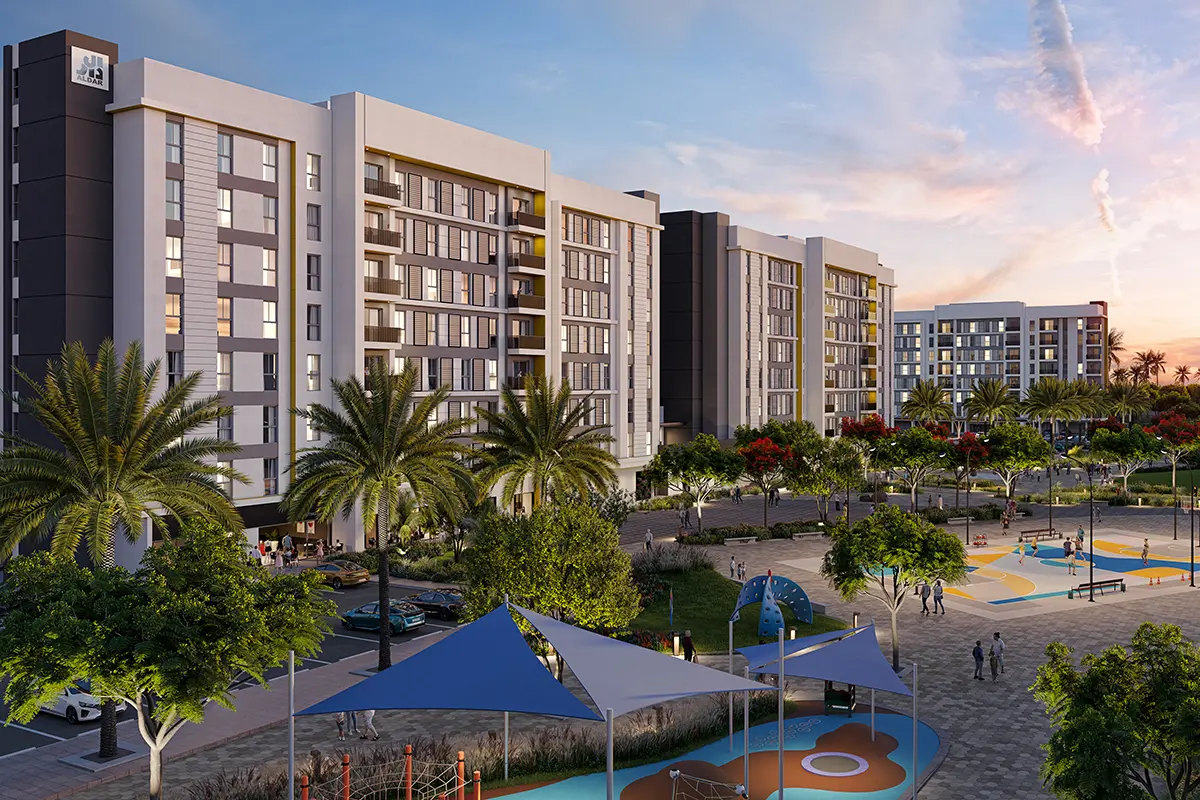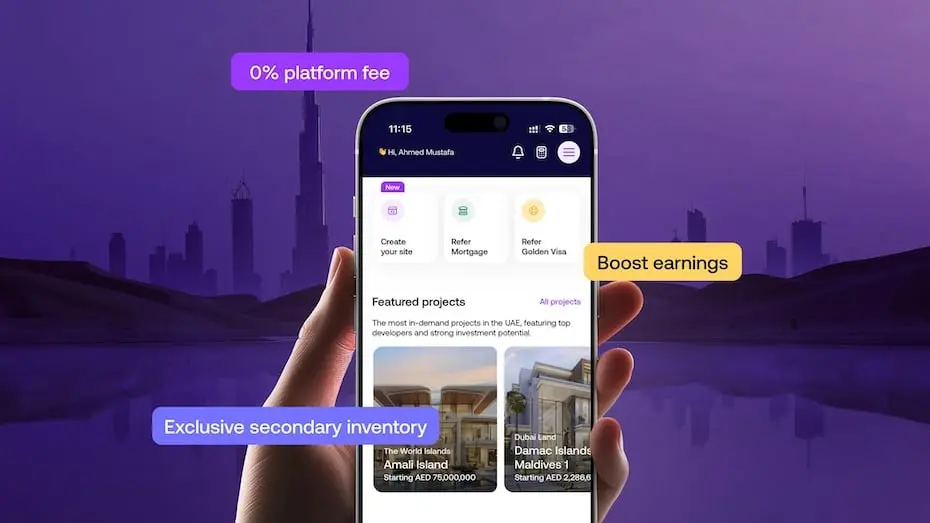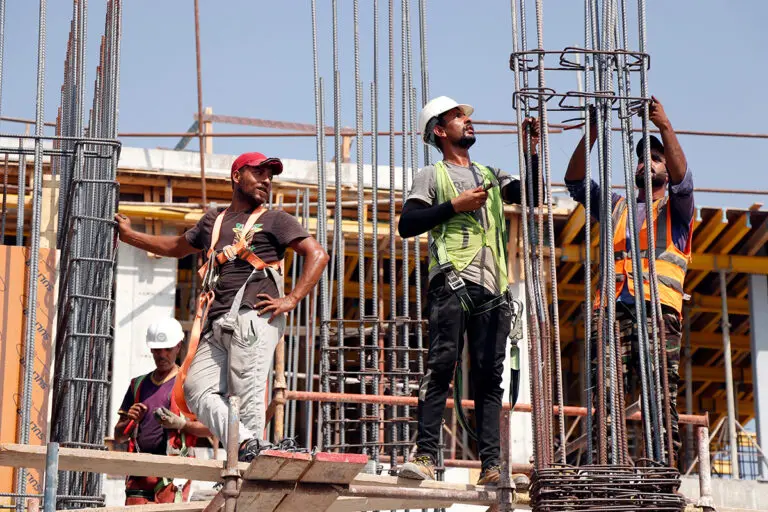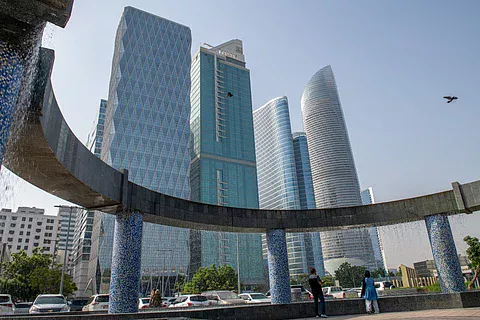A new study by McKinsey & Company, commissioned by Dubai’s Roads and Transport Authority (RTA), reveals that two decades of investment in transport infrastructure have increased property values by up to 16%. The report, released on the RTA’s 20th anniversary, highlights how proximity to metro stations and major highways directly boosts real estate demand and prices in key areas.
A comprehensive study commissioned by Dubai’s Roads and Transport Authority (RTA) has quantified the significant impact of the city’s transport infrastructure on its real estate market, revealing that property prices have increased by up to 16% due to proximity to metro stations and major highways.
The analysis, conducted by McKinsey & Company and released on Sunday to mark the RTA’s 20th anniversary, found that since 2005, the emirate has invested Dh175 billion in its transport network. This investment has generated substantial economic returns, including a direct contribution of Dh156 billion to Dubai’s GDP and an approximate Dh158 billion rise in property values due to enhanced connectivity.
Neighbourhoods with strong transport links, such as Downtown Dubai, Dubai Marina, and Business Bay, have recorded appreciation rates exceeding the market average. The study highlights that improved accessibility and reduced travel times are key drivers of property demand. This trend is consistent with the broader growth seen in the market, where Dubai villa prices have tripled since the pandemic.
Over the past two decades, RTA’s projects have saved an estimated Dh319 billion in fuel and time costs, while also attracting over Dh32.4 billion in foreign direct investment into logistics and transport services.
The Dubai Metro, a cornerstone of the city’s public transport system, has been instrumental in this transformation. In its 16 years of operation, the network has reduced travel distances by nearly 29.8 billion kilometres and helped avoid 9.5 million tonnes of carbon dioxide emissions.
Mattar Al Tayer, Director General and Chairman of the Board of Executive Directors of the RTA, stated, “The findings underscored how transport investments have become a catalyst for Dubai’s long-term growth. Dubai is also preparing to enter a new era of sustainable mobility in 2026 with two world-first initiatives: the operation of autonomous taxis and the launch of the aerial taxi service, both of which will reinforce Dubai’s global leadership in future mobility.”
Future plans include the Dubai Metro Blue Line, a 30-kilometre extension that will serve six key districts with a projected population of one million by 2040. This expansion, along with large-scale residential projects like the AED 100 billion Emaar Hills masterplan, demonstrates the integrated approach to urban development and mobility planning in the emirate.
The report also noted Dubai’s efficiency in project delivery, with the RTA constructing an average of 829km of road lanes annually, more than double the global average. The internal rate of return on the RTA’s investments is estimated at 5%, with total cash returns projected to surpass Dh254 billion by 2050.

